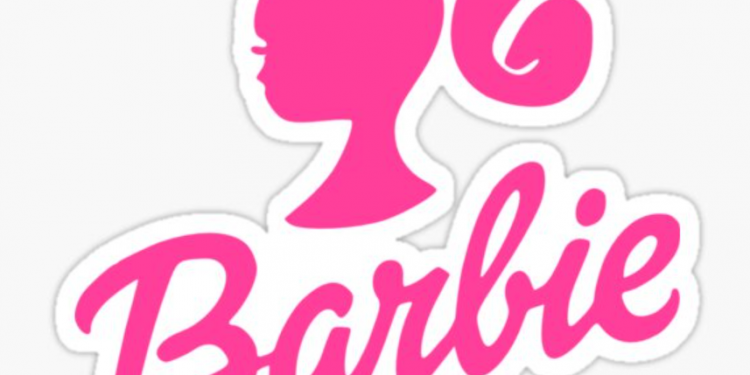Introduction
Since her debut in 1959, Barbie has been an enduring symbol of imagination, fashion, and empowerment. Created by businesswoman Ruth Handler, the Barbie doll has become a global cultural phenomenon, leaving an indelible mark on generations of children and adults alike. This article explores the fascinating history, impact, and legacy of Barbie as she continues to evolve with the changing times.
The Birth of a Legend

The idea for Barbie was born when Ruth Handler noticed her daughter, Barbara, playing with paper dolls and imagining adult roles for them. Inspired by this, Handler envisioned a three-dimensional adult-like doll that could inspire girls to dream big. Partnering with Mattel, the iconic toy company, Barbie was introduced to the world at the American International Toy Fair on March 9, 1959. The doll was named after Handler’s daughter, Barbara, and Barbie quickly captured the hearts of millions.
Fashion Icon and Style Evolution

From her first appearance in a black-and-white striped swimsuit and ponytail, Barbie has been a fashion trailblazer. Over the years, she has embraced a myriad of roles and donned countless fashion ensembles, reflecting the trends and cultures of each era. Whether it’s a career outfit, red carpet gown, or athletic attire, Barbie has shown that she can be anything she wants to be, inspiring young minds to explore their own aspirations.
Criticism and Evolving with the Times
Throughout her existence, Barbie has faced criticism for promoting unrealistic beauty standards and perpetuating gender stereotypes. Critics argue that her exaggerated body proportions may contribute to body image issues among young girls. In response to these concerns, Mattel has taken steps to make Barbie more inclusive and representative of diverse body types, ethnicities, and careers. In 2016, the brand introduced a range of “Fashionista” dolls with various body shapes, skin tones, and hair textures, promoting inclusivity and self-acceptance.
Barbie’s Influence on Pop Culture
Barbie has not only conquered playrooms but also made her mark in popular culture. She has been featured in numerous movies, TV shows, and video games. Her collaborations with designers and celebrities have further solidified her status as a fashion icon. Barbie’s cultural significance even led to the coining of the term “Barbie Syndrome,” referencing the desire to have a perfect, doll-like appearance.
Empowering Through Imagination
Beyond her stylish appearance, Barbie has always encouraged imagination and storytelling. Playing with Barbie opens the door to endless creative scenarios, helping children develop essential life skills and sparking an interest in various careers and adventures. She has been a source of inspiration for many women who have pursued successful careers in diverse fields, breaking stereotypes and glass ceilings.
Collectors’ Delight

Barbie’s cultural significance extends to collectors, who avidly seek out rare and limited-edition dolls. Collecting Barbie dolls has become a passionate hobby for many, with vintage and special edition dolls fetching high prices at auctions. This dedicated collector’s community continues to contribute to the ever-growing fascination with Barbie.
Conclusion
As Barbie celebrates over six decades of existence, she remains an influential and iconic figure in the world of toys and popular culture. Evolving with the times and embracing diversity, Barbie continues to inspire generations of children and adults to dream big and explore the endless possibilities that lie ahead. Despite facing criticism, her ability to adapt and promote positive values of imagination, empowerment, and inclusivity ensures that Barbie’s legacy will endure for many more generations to come.











